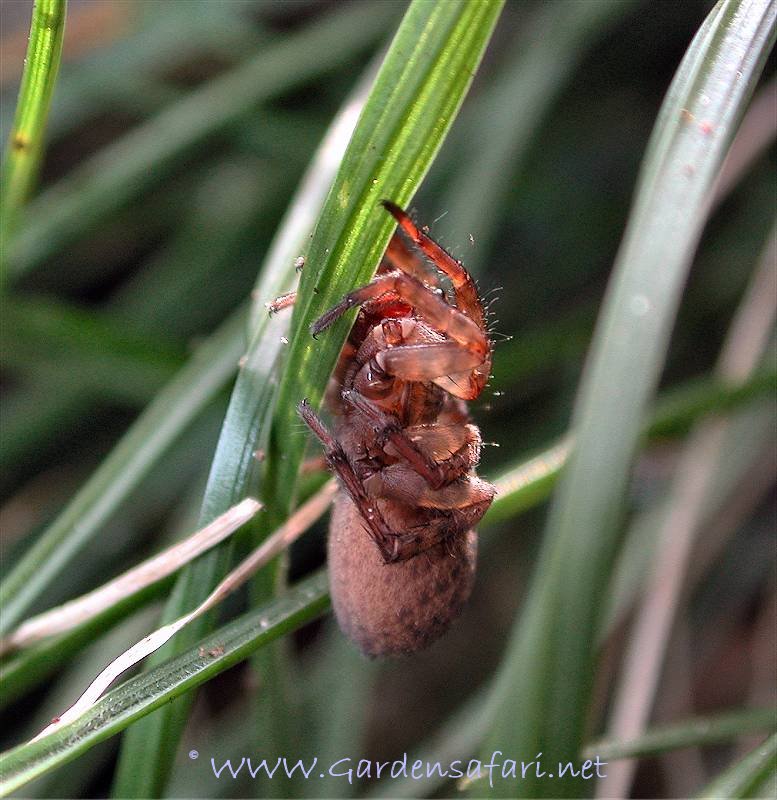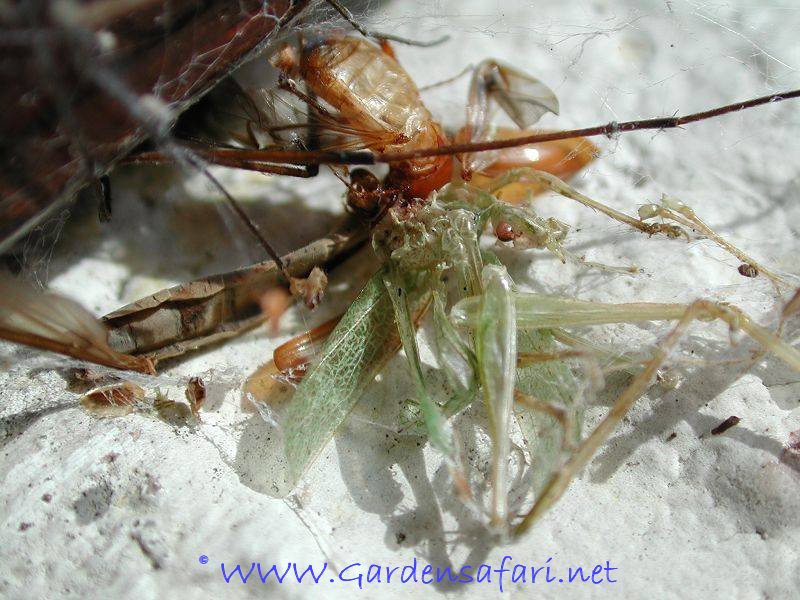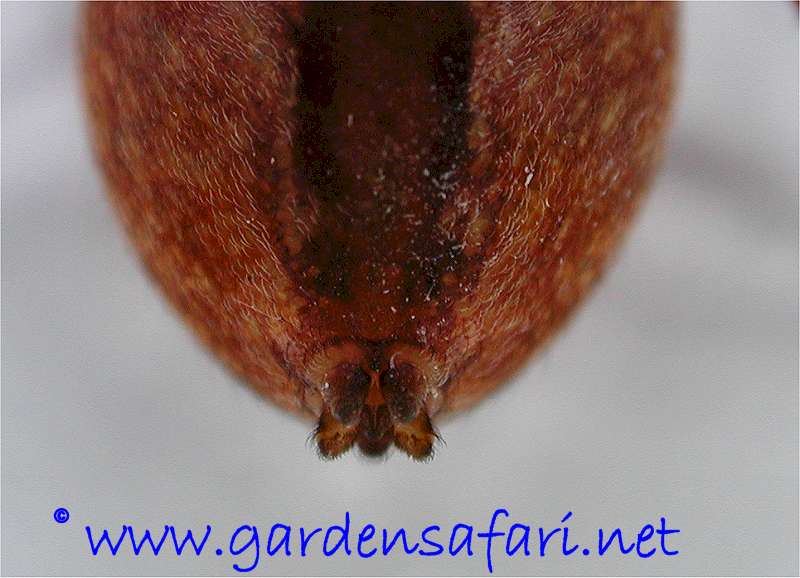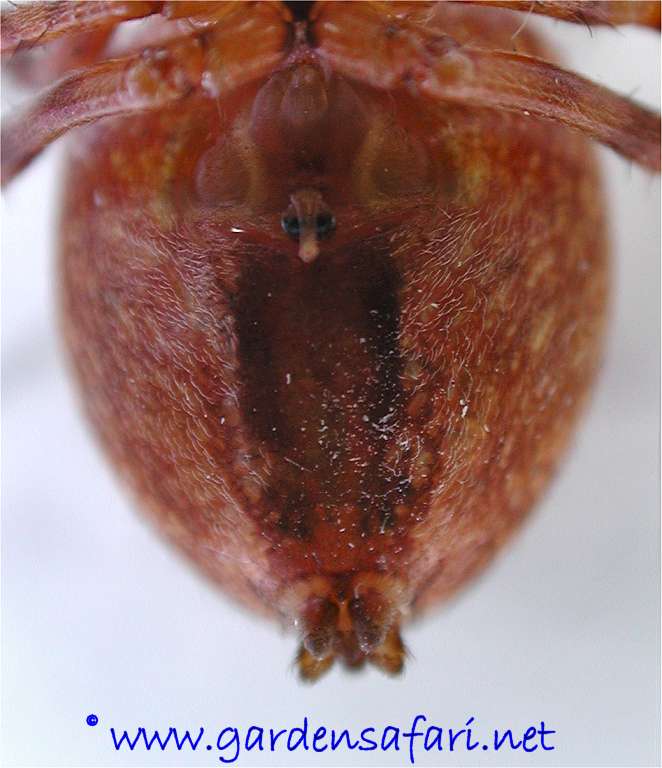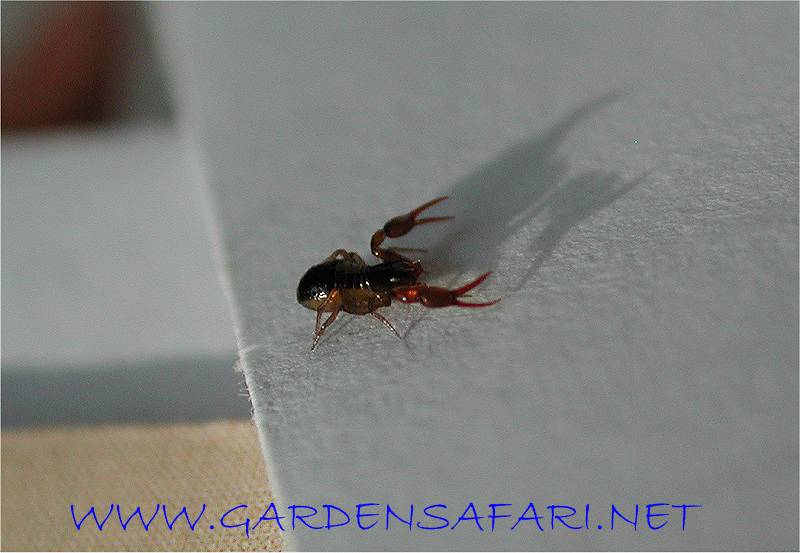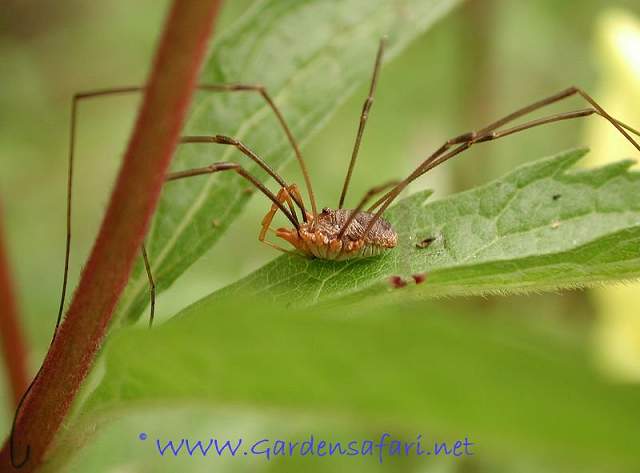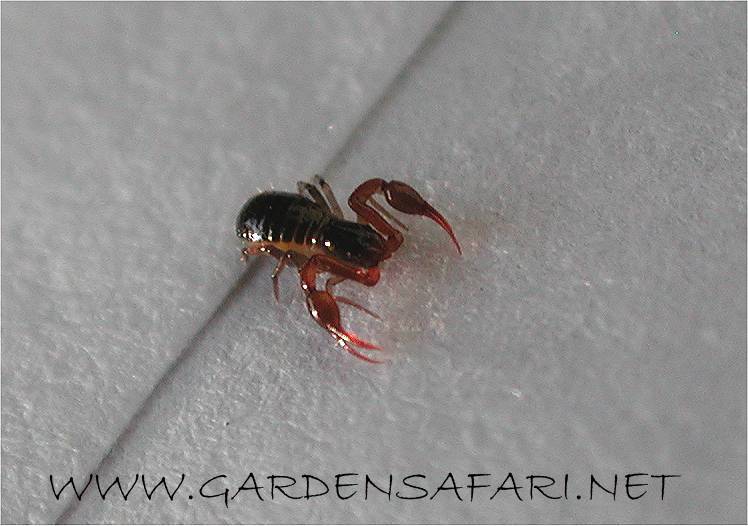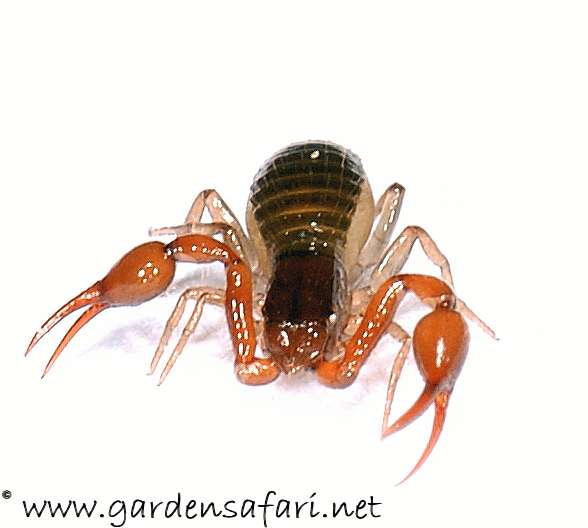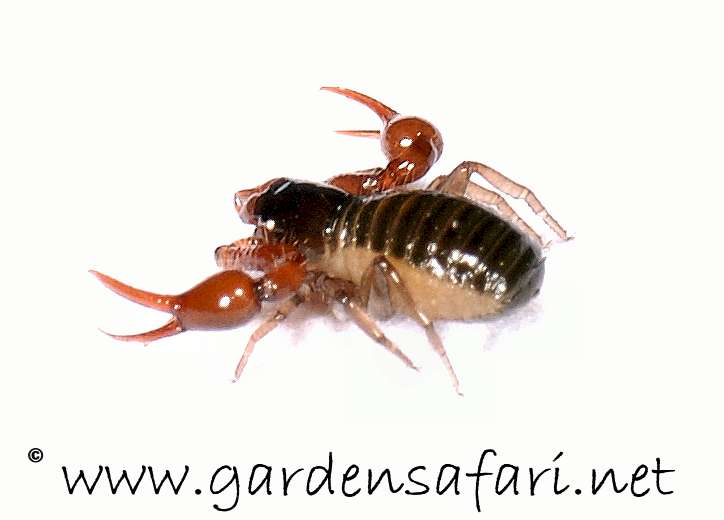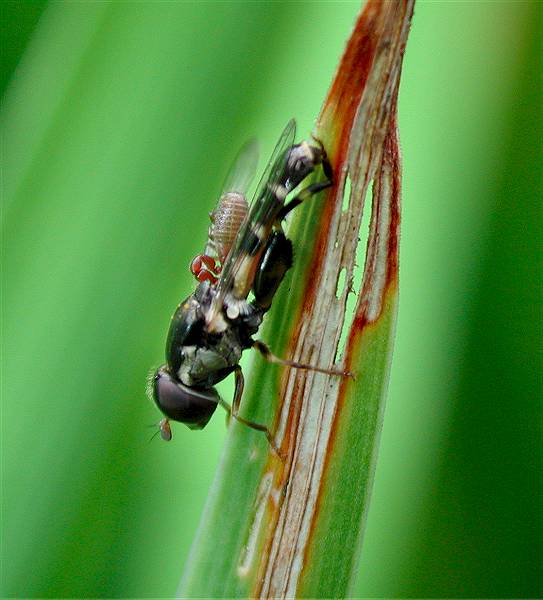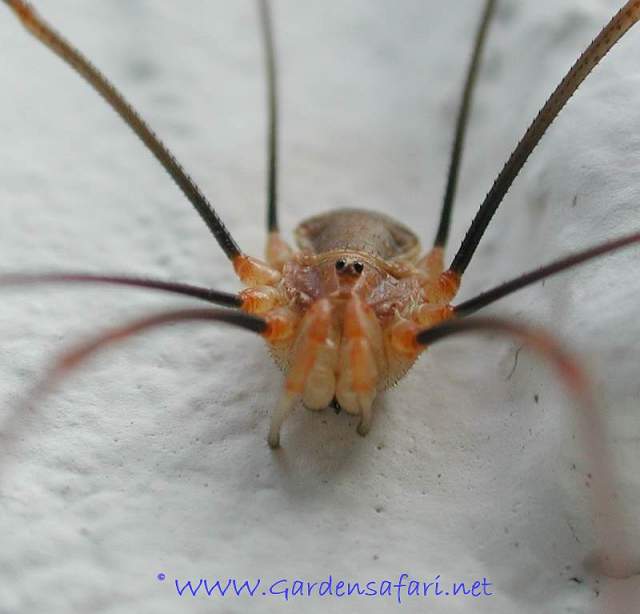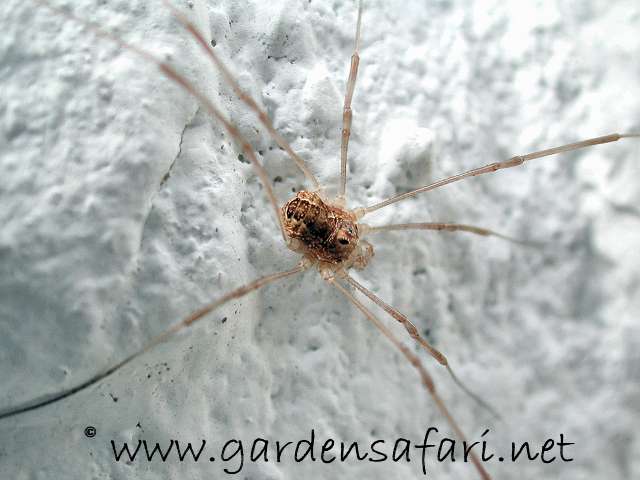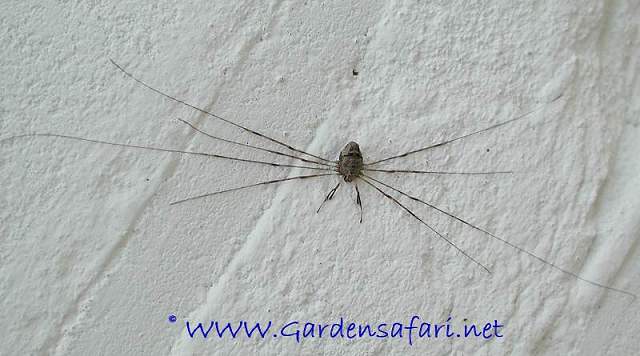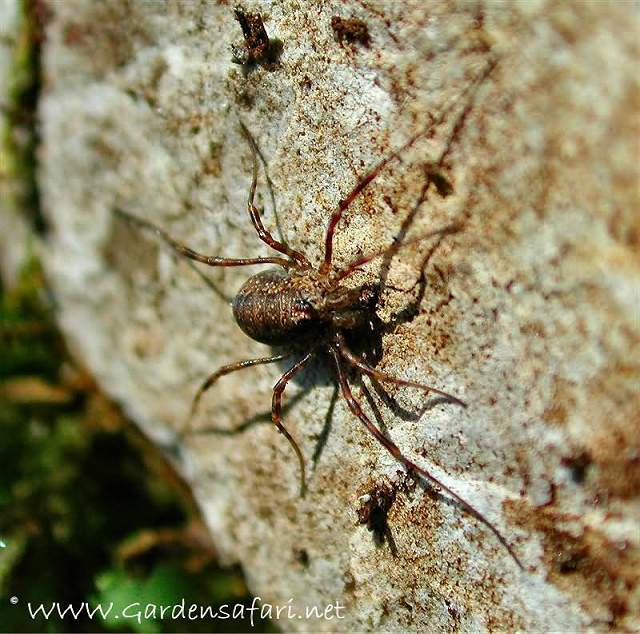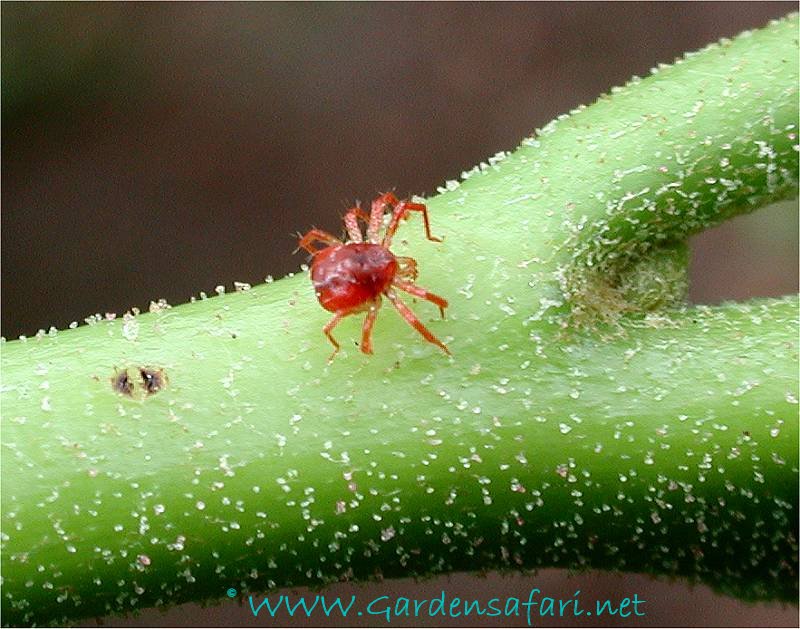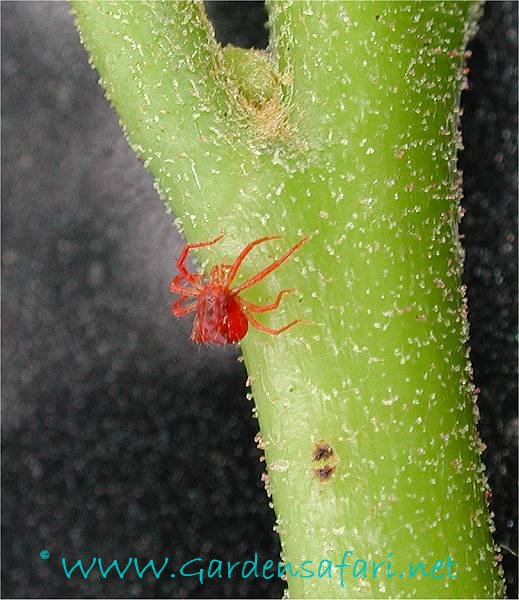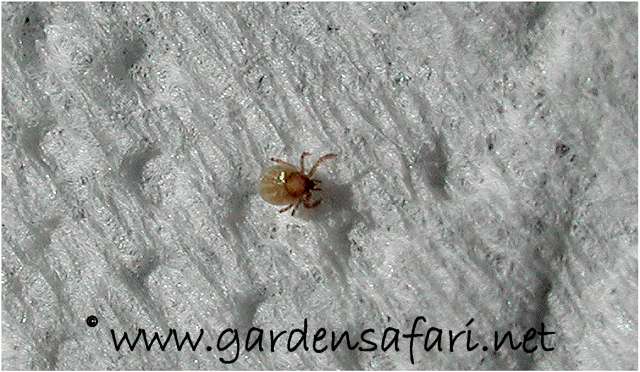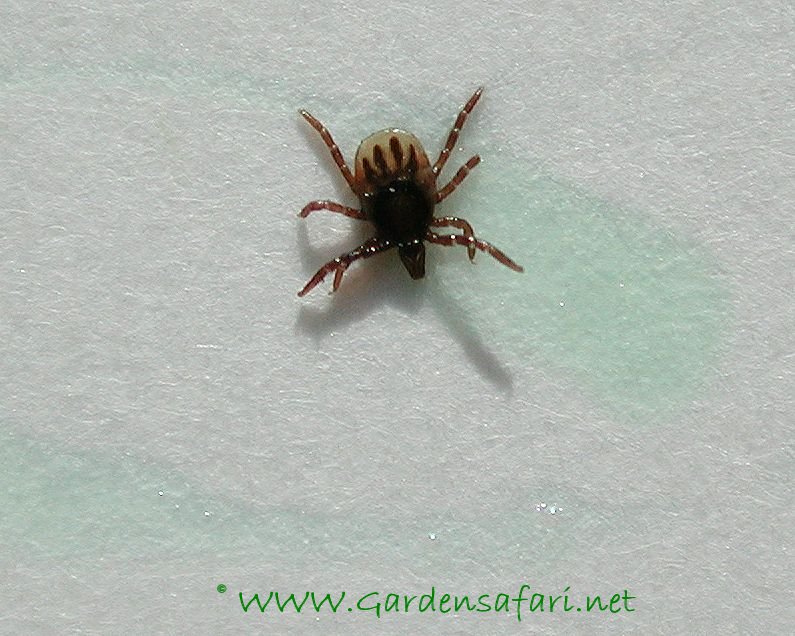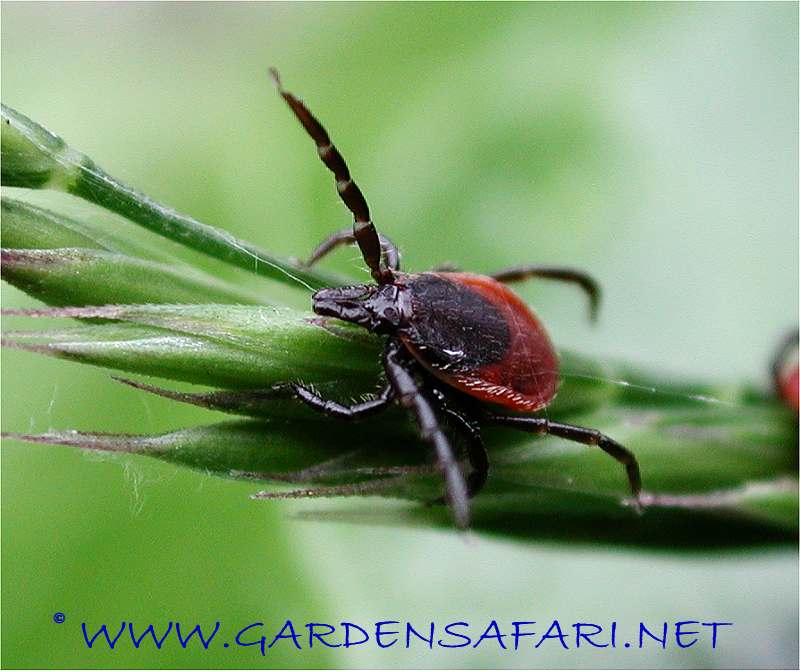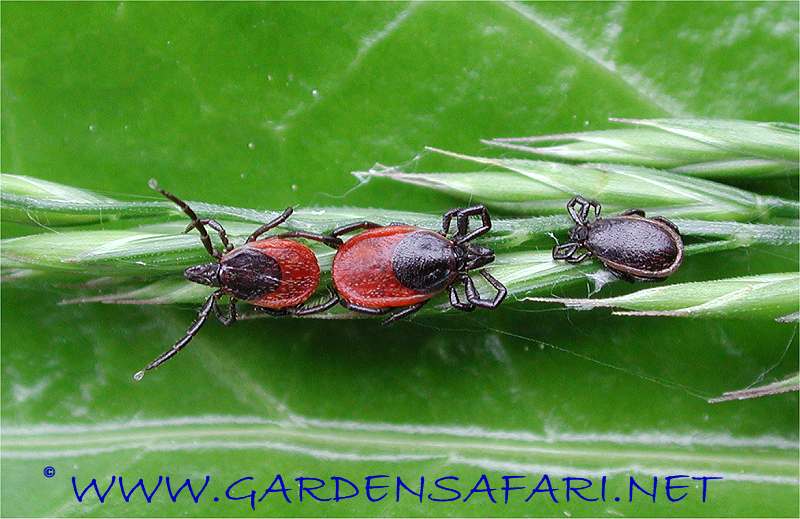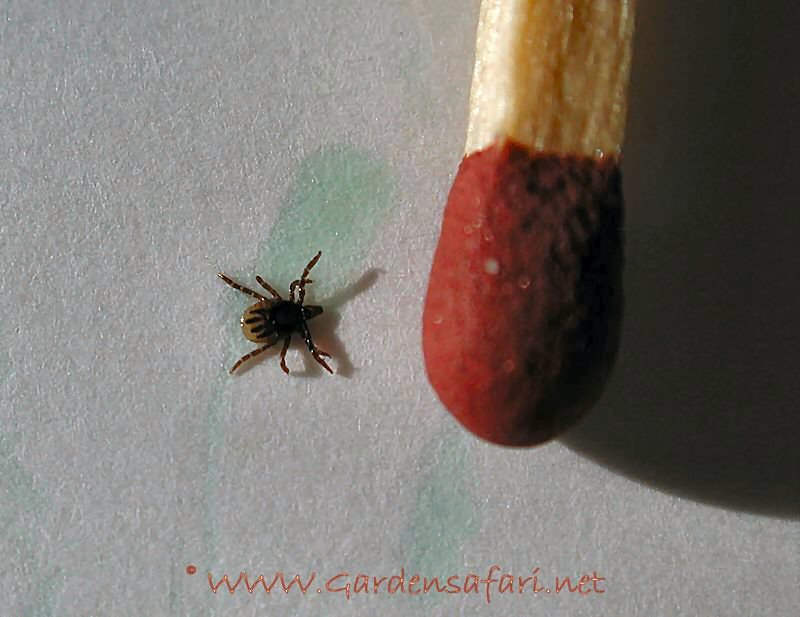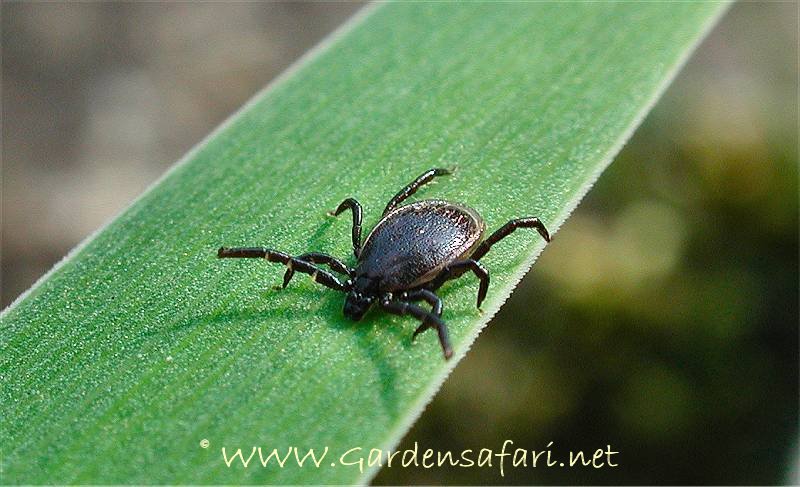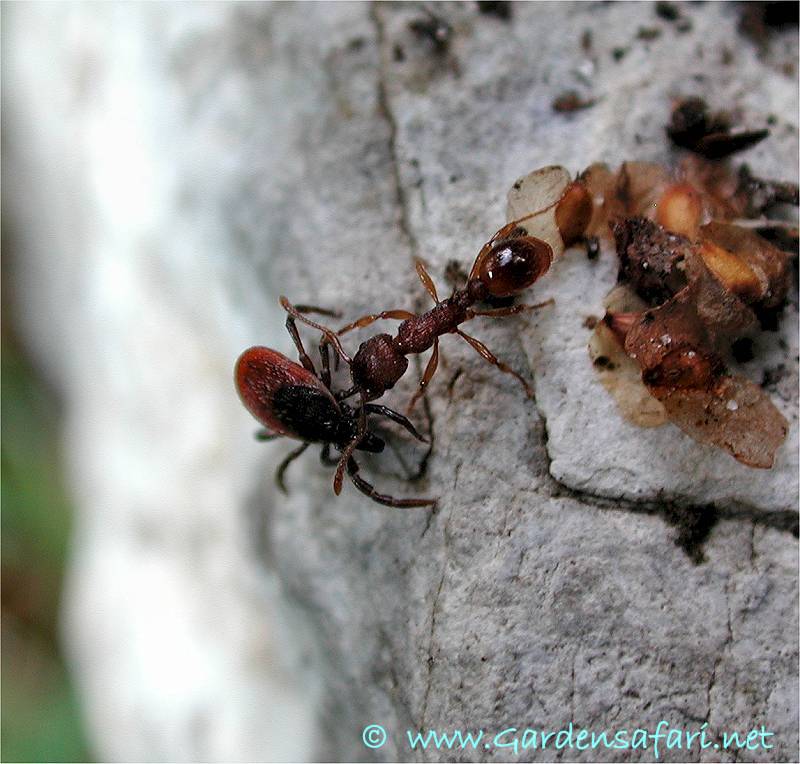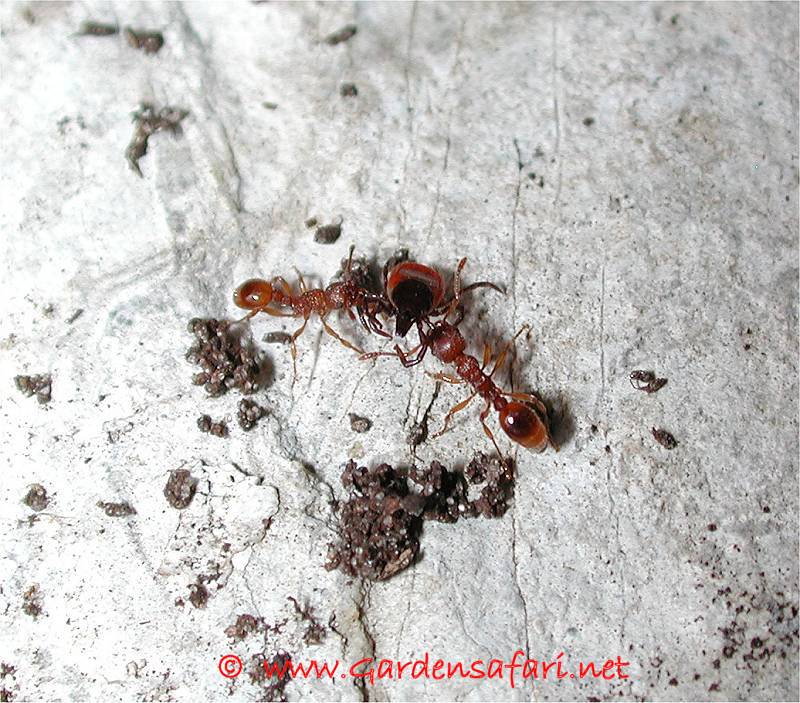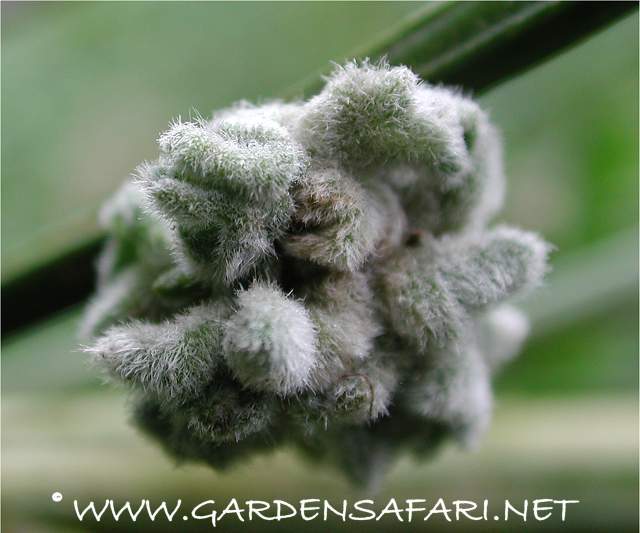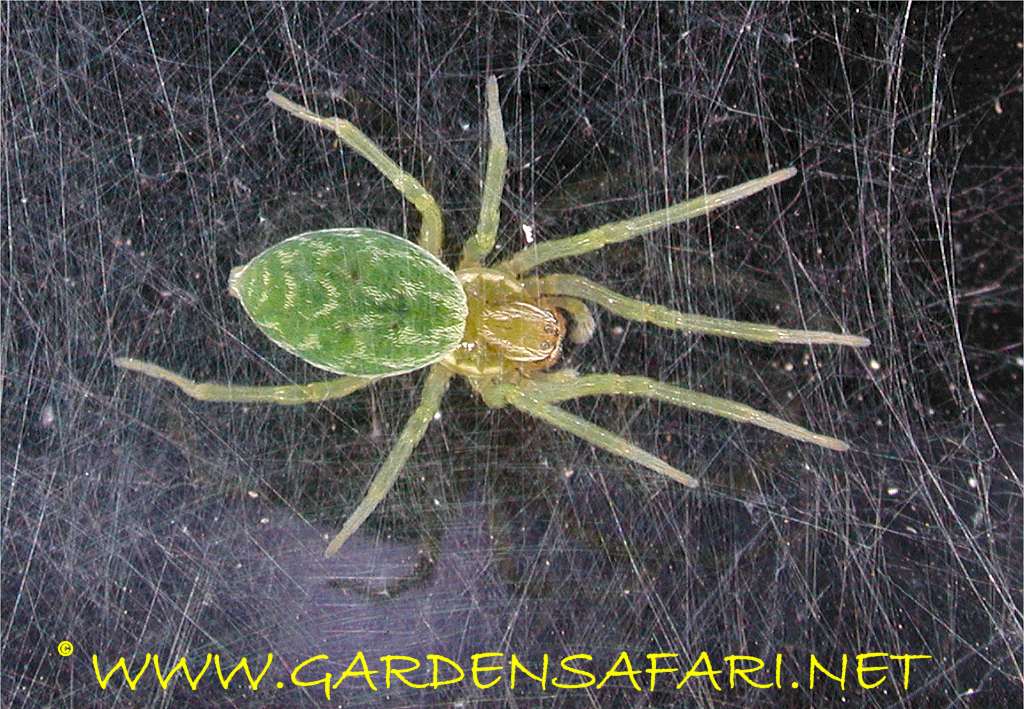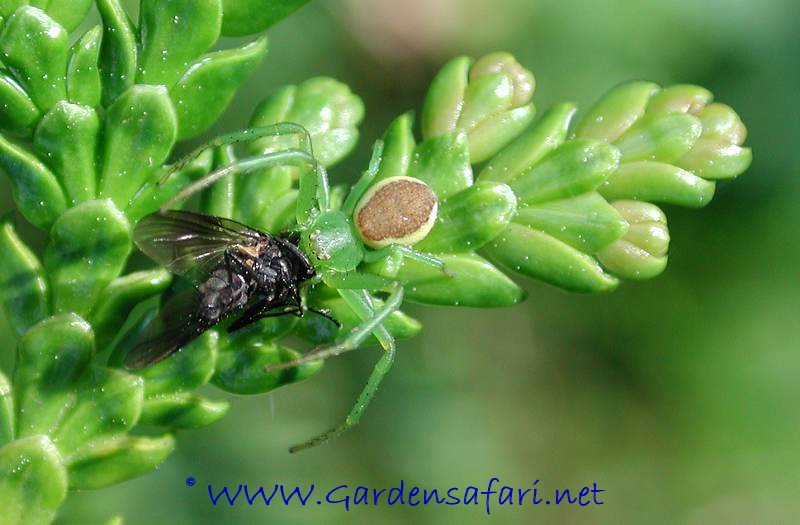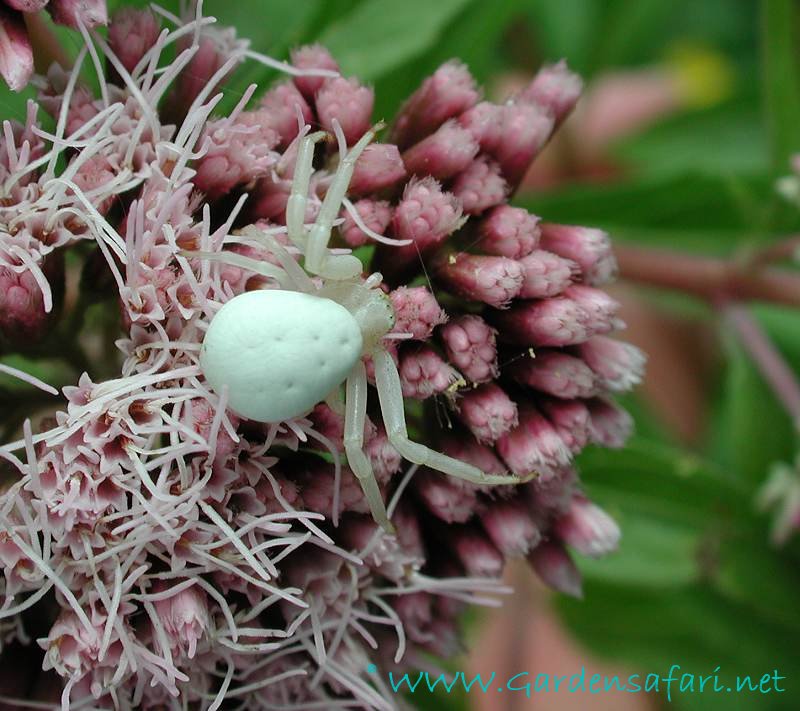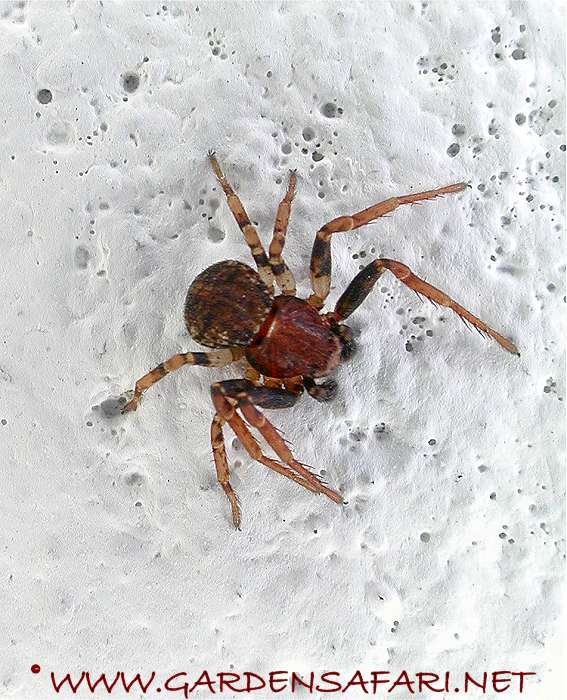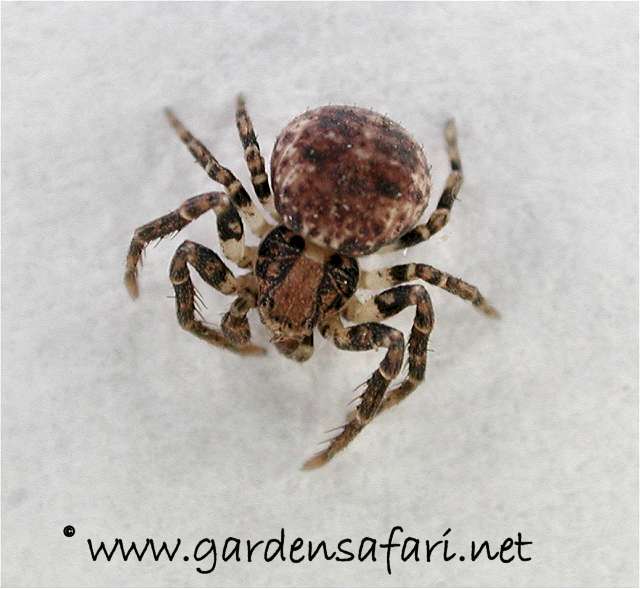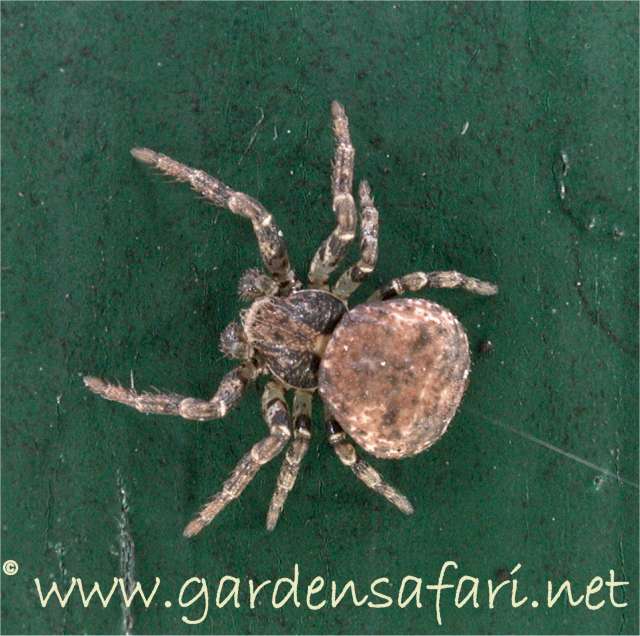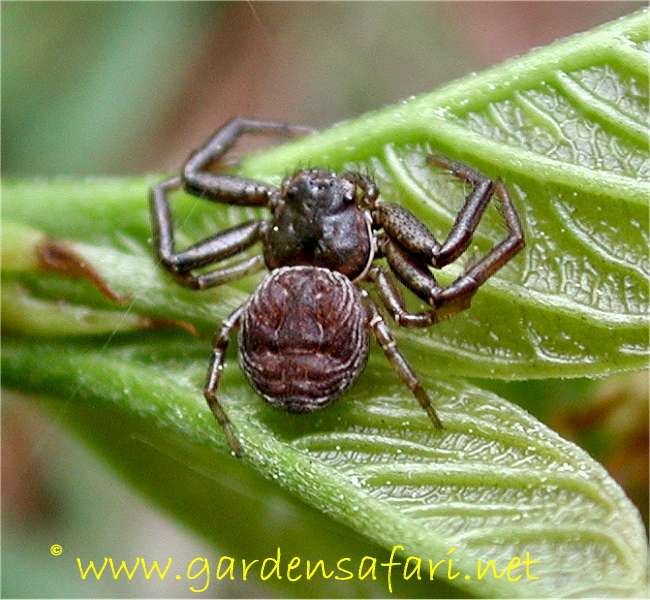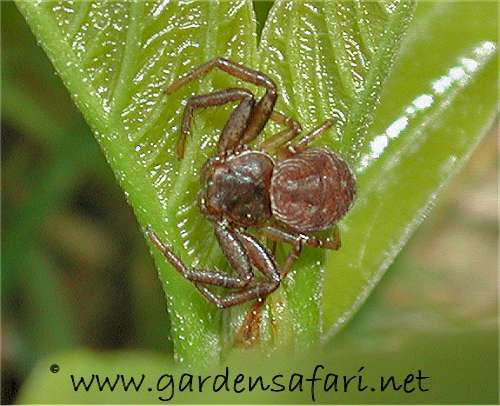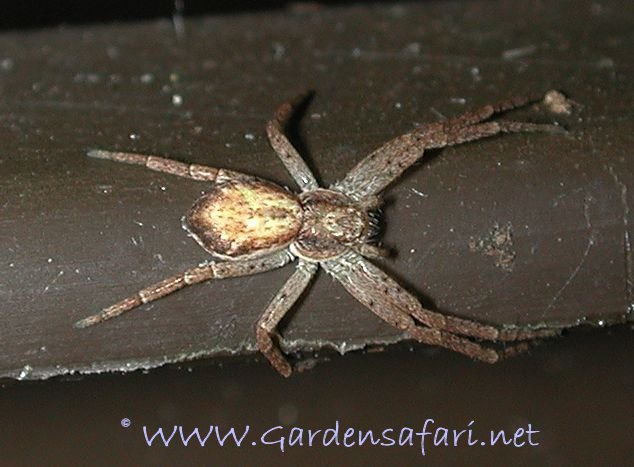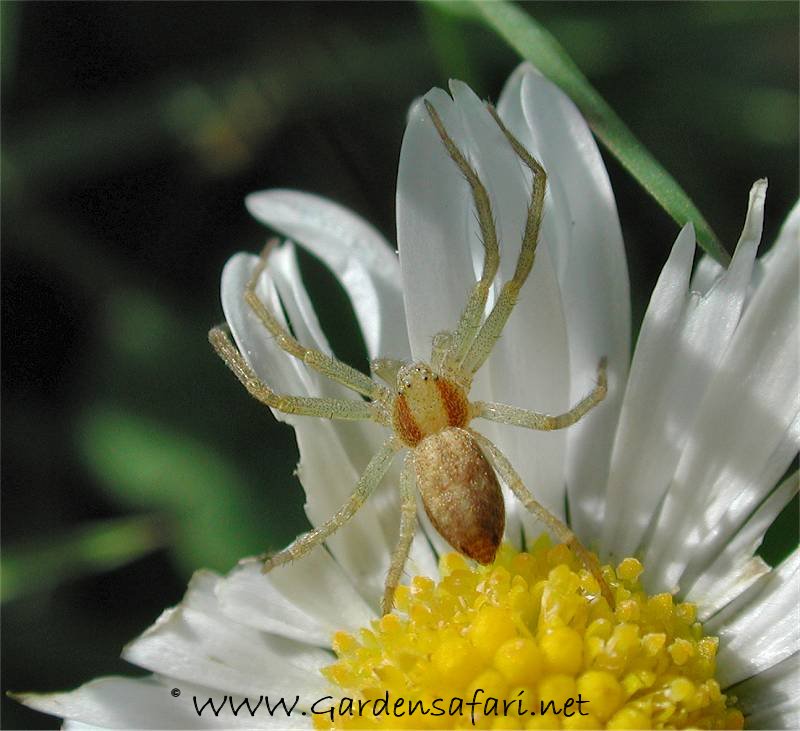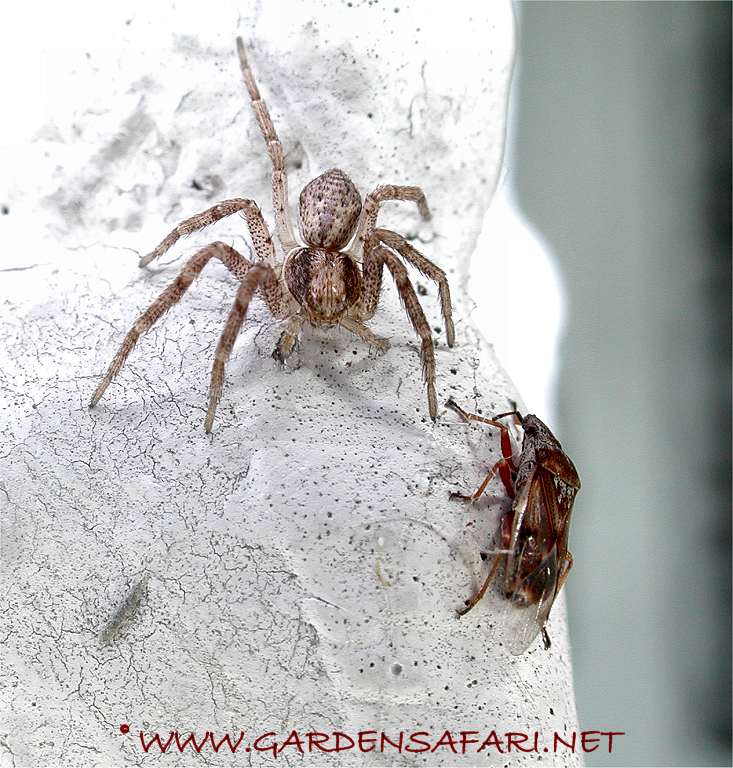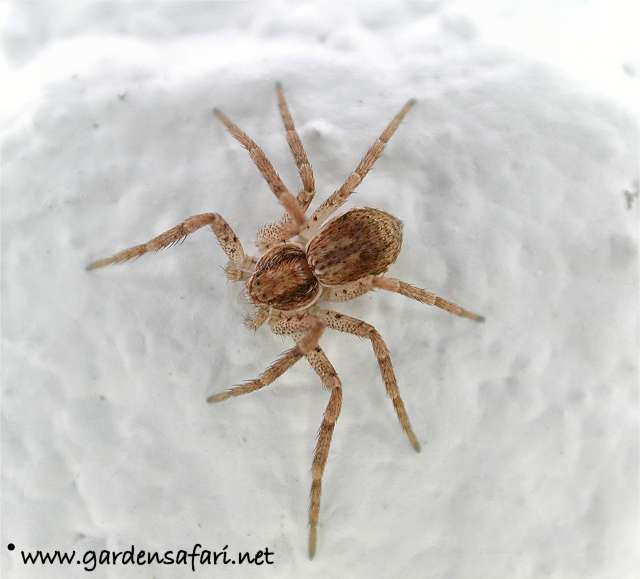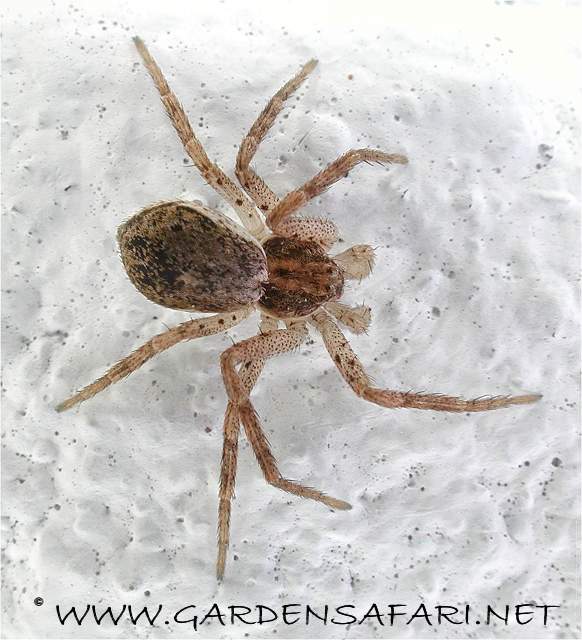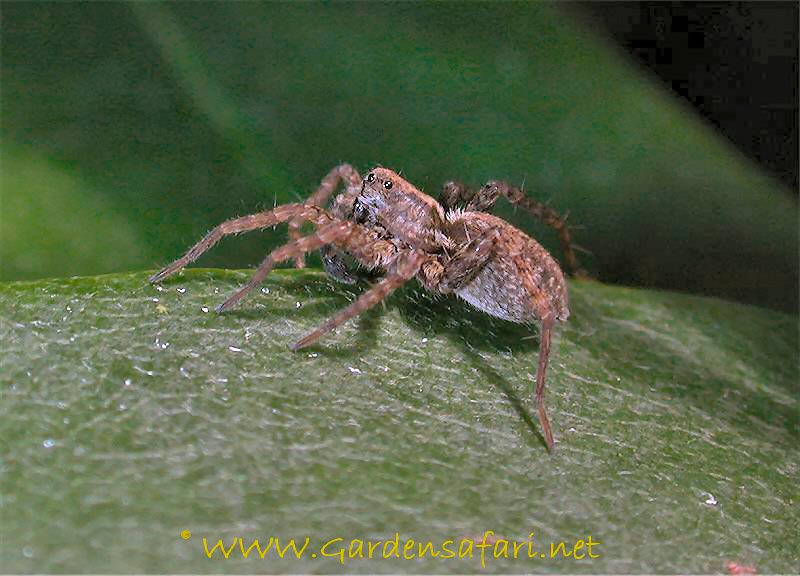Spiders and alies (Araneae etc.)
Introduction to spider like arthropods
It is considered to be easy: all small animals with 6 legs are insects and all small animals with 8 legs are spider like arthropods. But actually possessing 8 legs do not mean that these animals are closely related as the insects are. Yet it is a practical solution to separate the huge amount of species found in insects. Small animals walking on 8 legs are usually well known: spiders, harvestmen, scorpions and ticks. Yet the animals differ considerably from oneanother. Spiders have a body consisting of three parts, like insects have: head, thorax and abdomen. The head and thorax however have fused into one visible structure called the cephalothorax. Ticks have only two bodyparts: head and body. Harvestmen even consist of one part, the body, only. From this it is obvious these animals are not closely related at all. Oh, by the way: even these 8 legs are not always there. A newly born mite or tick has 6 legs only. Worldwide there are many spiders indeed. The number of mites is considerably as well, even though many are rarely ever seen. They are small and most are parasites to mammals, birds or insects. There are far less harvestmen species. Of the pseudoscorpions only some 15 species are present in the Benelux. Many spiders and harvestmen are quite big. Pseudoscorpions and mites are much smaller. Many species can hardly be seen by the ***** eye.
The House Spider to the left is a true giant, reaching some 18 mm. Mites, like the ones on the bumblebee to the right, often hardly reach a length of one millimeter.

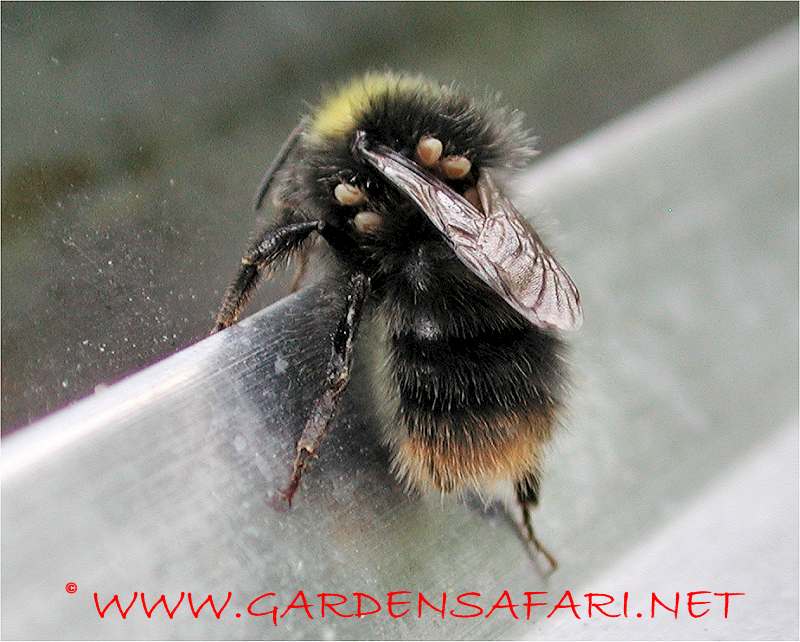
http://images.google.com/imgres?img...=/images?q=beautiful+insects&gbv=2&hl=en&sa=X
Introduction to spider like arthropods
It is considered to be easy: all small animals with 6 legs are insects and all small animals with 8 legs are spider like arthropods. But actually possessing 8 legs do not mean that these animals are closely related as the insects are. Yet it is a practical solution to separate the huge amount of species found in insects. Small animals walking on 8 legs are usually well known: spiders, harvestmen, scorpions and ticks. Yet the animals differ considerably from oneanother. Spiders have a body consisting of three parts, like insects have: head, thorax and abdomen. The head and thorax however have fused into one visible structure called the cephalothorax. Ticks have only two bodyparts: head and body. Harvestmen even consist of one part, the body, only. From this it is obvious these animals are not closely related at all. Oh, by the way: even these 8 legs are not always there. A newly born mite or tick has 6 legs only. Worldwide there are many spiders indeed. The number of mites is considerably as well, even though many are rarely ever seen. They are small and most are parasites to mammals, birds or insects. There are far less harvestmen species. Of the pseudoscorpions only some 15 species are present in the Benelux. Many spiders and harvestmen are quite big. Pseudoscorpions and mites are much smaller. Many species can hardly be seen by the ***** eye.
The House Spider to the left is a true giant, reaching some 18 mm. Mites, like the ones on the bumblebee to the right, often hardly reach a length of one millimeter.


http://images.google.com/imgres?img...=/images?q=beautiful+insects&gbv=2&hl=en&sa=X

